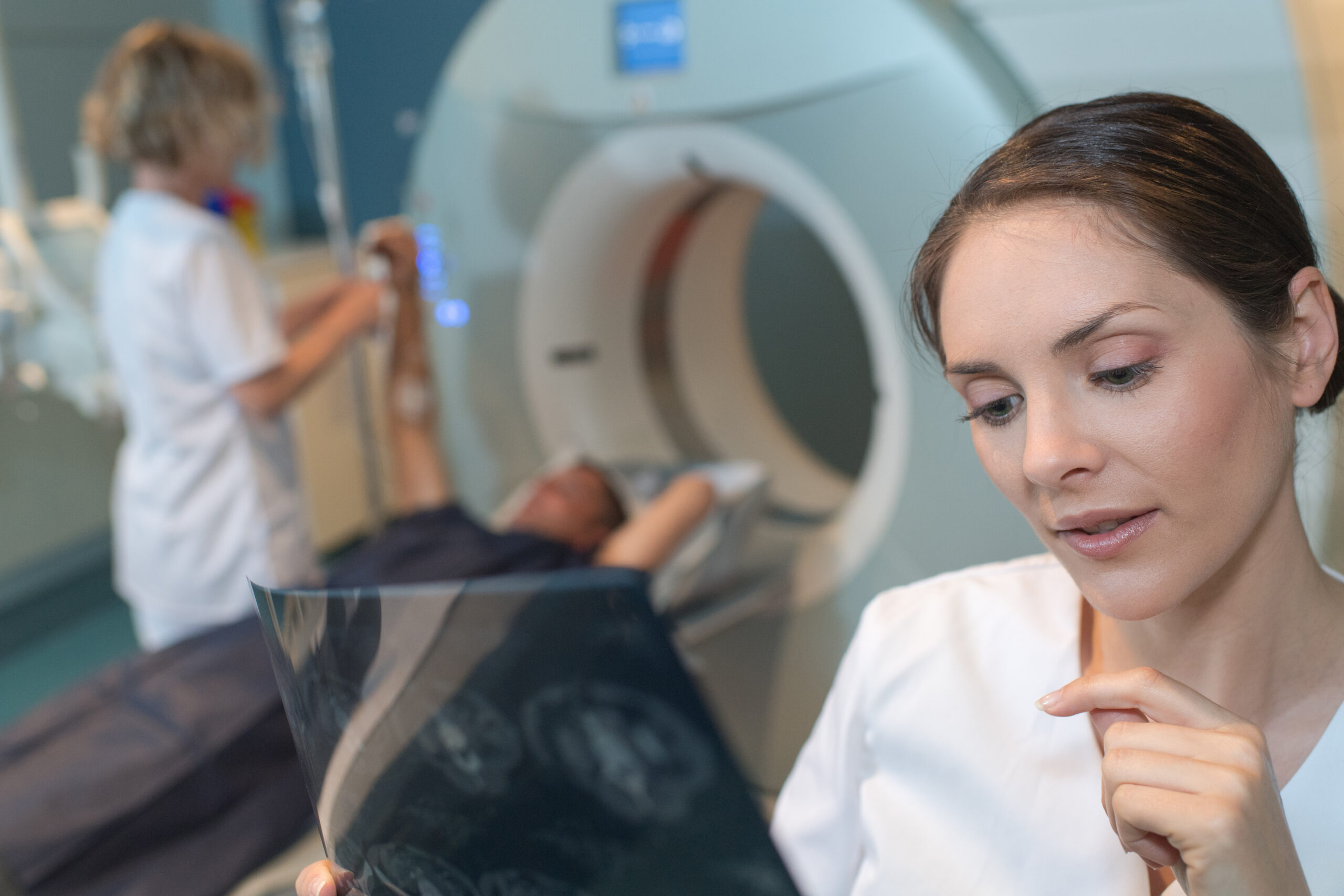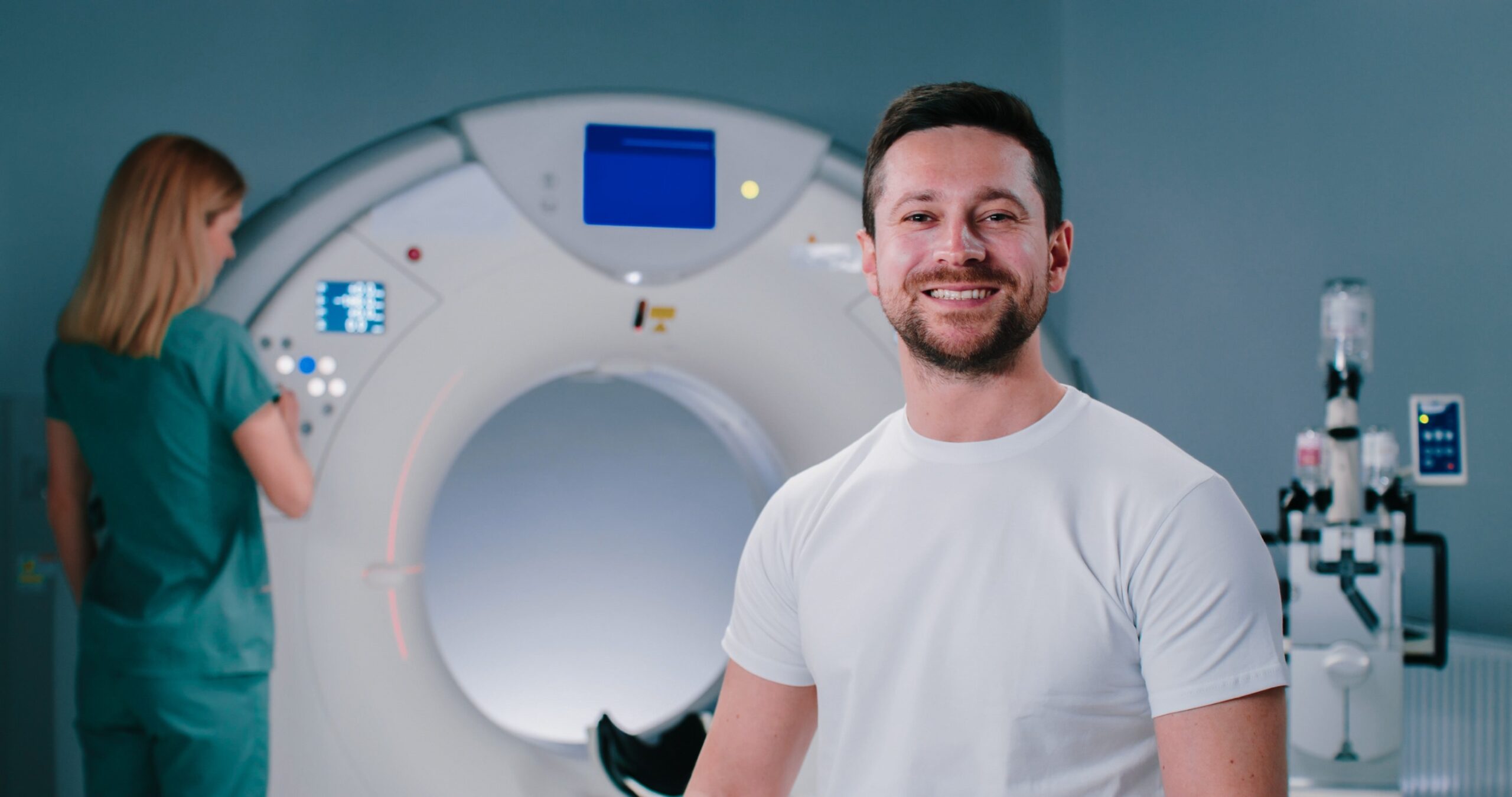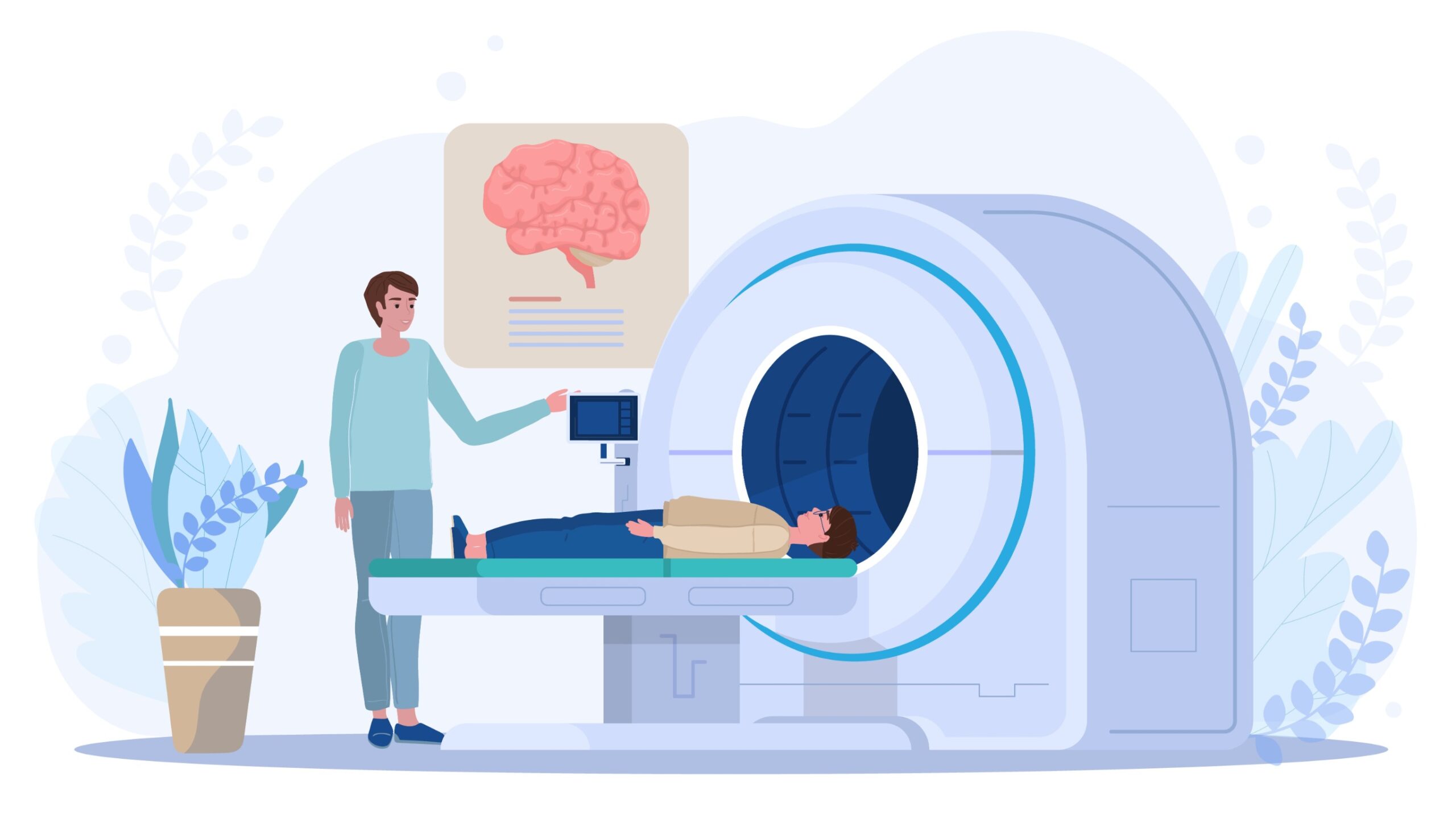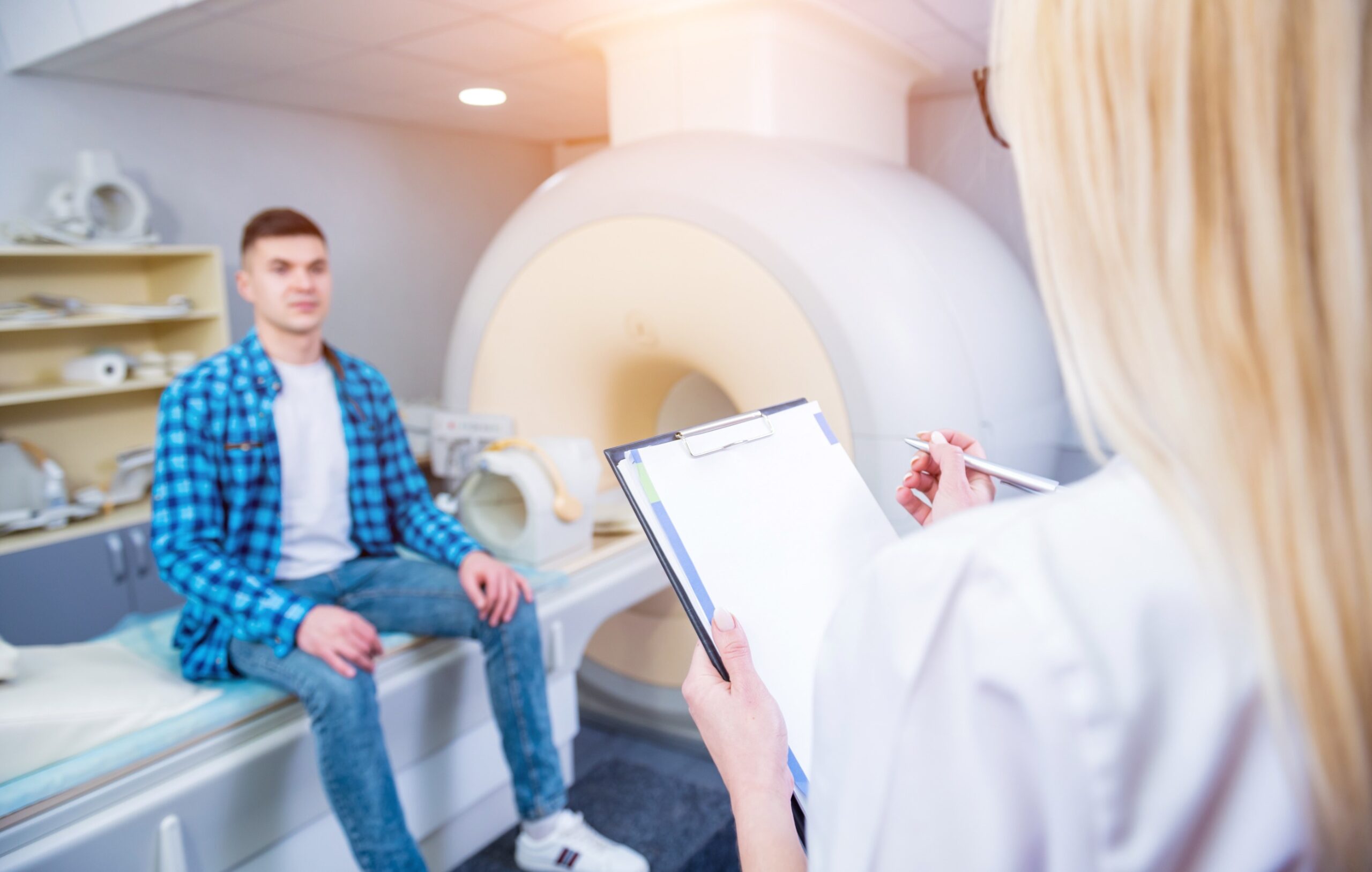When you undergo a PET/CT or MRI scan, receiving your results can sometimes feel overwhelming. These advanced imaging techniques provide detailed pictures of the inside of your body, helping doctors diagnose, monitor, and plan treatment for various health conditions. Understanding your imaging report is crucial in making informed decisions about your care. In this blog post, we will guide you through how to read your imaging report, explain common terminology, and provide tips on discussing your results with your doctor.
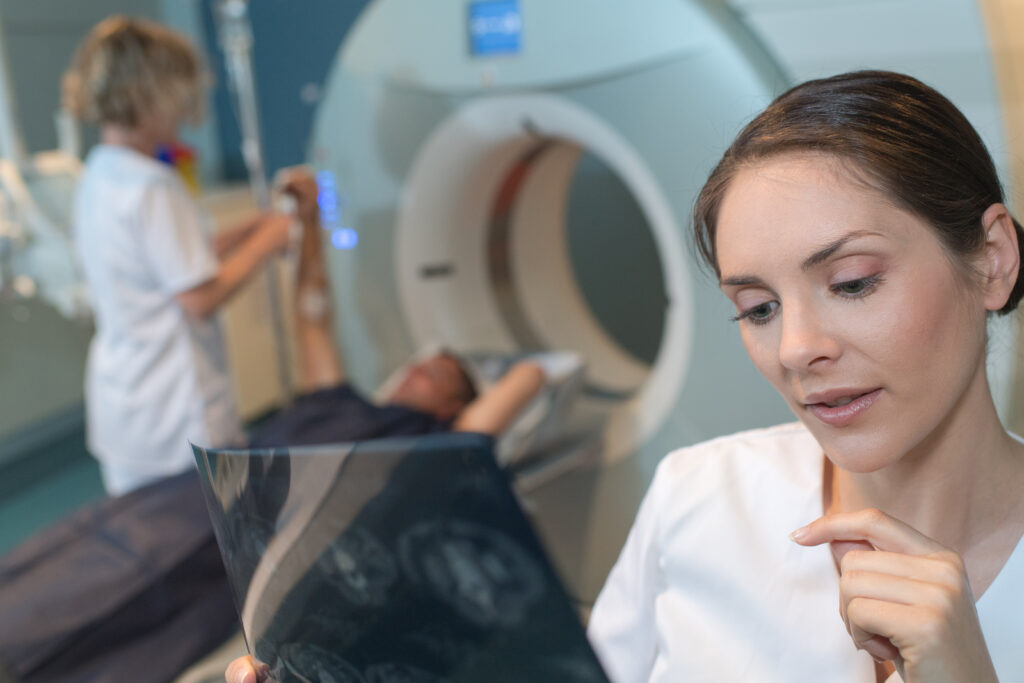
How to Interpret Your Imaging Results
Reading Your Report
After your PET/CT or MRI scan is completed, the images are analyzed by a radiologist, a medical professional trained to interpret these scans. Once the analysis is complete, the radiologist creates a report that provides detailed findings based on the images. This report is typically shared with the referring physician, who will then discuss the results with you.
Your imaging report will contain several sections:
- Summary of Findings: A brief overview of what was observed during the scan. This section will highlight any abnormalities or areas of concern.
- Technical Information: This includes the type of scan performed, the date of the procedure, and details about the imaging equipment used.
- Diagnosis and Recommendations: If any issues were identified, this section will provide a preliminary diagnosis or suggest further tests or treatments.
Common Terminology Explained
Understanding the terms used in your PET/CT or MRI report can help you better grasp what the results mean. Here are some of the most common terms you may encounter:
- SUV (Standard Uptake Value): In PET scans, the SUV is a measure of how much a particular area of tissue absorbs a radioactive substance. This can help detect areas of cancer, infection, or inflammation.
- Lesion: A general term used to describe an area of abnormal tissue, which can indicate disease or injury. Lesions can be benign or malignant.
- Contrast: A substance used during imaging to improve the visibility of certain areas. In MRI, gadolinium contrast is commonly used, while in PET/CT scans, a radioactive tracer is injected to highlight specific areas.
- T1/T2 Weighted Images: These refer to different types of MRI scans, each offering unique views of soft tissues. T1-weighted images show better contrast in the brain and spinal cord, while T2-weighted images provide clearer views of water content, which is important for detecting inflammation or edema.
Discussing Results with Your Doctor
After you receive your imaging report, the next step is to discuss the results with your physician. Here are a few tips on how to approach this conversation:
- Review the Report Ahead of Time: Familiarize yourself with the findings, but don’t be afraid to ask your doctor to explain anything that seems unclear. You are your own advocate.
- Ask for a Clear Explanation: Don’t hesitate to ask your doctor to break down technical jargon. Request clarification on what the report findings mean in relation to your health.
- Inquire About Next Steps: If any abnormalities were detected, ask your doctor what the next steps are. This may involve additional tests, a biopsy, or starting a treatment plan.
- Keep Track of Questions: Before your appointment, write down any questions or concerns you may have about the report or the recommended next steps. It can be helpful to take notes during your conversation with your doctor as well.
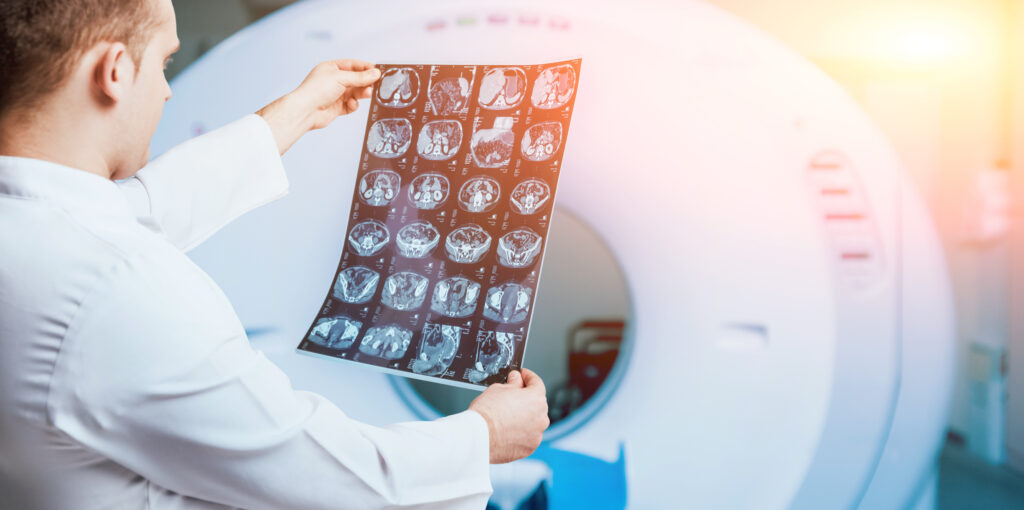
Conclusion
Interpreting your PET/CT and MRI results can feel daunting, but by understanding the basic terminology and knowing what to expect in your report, you can have a more informed discussion with your doctor. Remember, the purpose of these scans is to provide valuable insights into your health, and discussing the results with your physician is key to making the best decisions about your care.
Schedule Your PET/CT or MRI Appointment Online in Miami
At PET/CT of Miami, we make it easy for you to schedule your PET/CT or MRI scan from the comfort of your home. Our advanced imaging services are designed to provide accurate, high-quality results, helping your doctor make the best decisions for your health. Schedule your appointment today through our convenient online portal and take the first step toward better health.
By incorporating clear explanations and patient-friendly advice, this blog will help readers feel more confident when reviewing their PET/CT and MRI results and will encourage them to schedule their imaging appointments through your Miami-based clinic.

